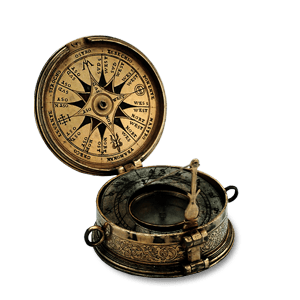Whether or not to put a works of art up for sale is a decision that people may have to make for a variety of reasons, but in the end the objective is to at least break even.
The traditional sales options are the antiques market, auction houses, and private collectors or enthusiasts. Each of these, in economic terms, has its pros and cons, but not always do things go as planned or as they should go in theory. A preliminary analysis of the work identifies its peculiarities and may suggest the best solution.
If the asset is not subject to protective restrictions or is not subject to CITES regulations, there is no particular obligation to be observed, but providing the buyer with all the information in the owner’s possession may increase the value of the object, perhaps by granting it a historic or cultural value.
These are the main variables that influence the antiques market:
- the harmony and style;
- the quality of the craftsmanship;
- the subject;
- the rarity;
- the period;
- the value of the material;
- the condition;
- the author;
- the previous owners;
- the area of production.
From time to time, new aspects may emerge. For example, it is important to mention that over the past year objects that, in addition to being of quality and appraised correctly, were also uncommon.
Over the course of the estimation process reference is made to the results of the leading auction houses, for the role they play in recording and verifying transactions in the world of art, and to the orientation of the galleries for their capacity to perceive current trends in taste.
It is just as important to take into consideration the market’s reaction to the estimate, which therefore must be realistic to be accepted.
Regardless of the type and materials of the object in question, I am available for a preliminary confidential consultation.
 perizie@marcozaia.net
perizie@marcozaia.net



